Learning from Arts and Humanities approaches to building Climate Resilience in the UK
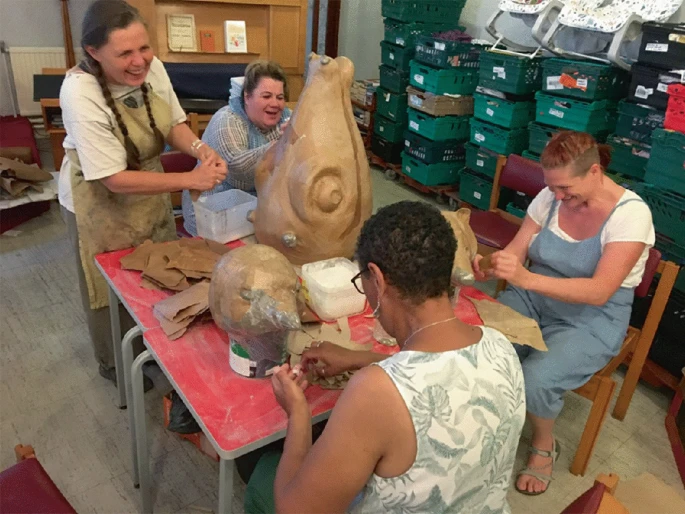
Summary
This article summaries the chapter on Learning from Arts and Humanities Approaches to Building Climate Resilience in the UK, as part of the book ‘Quantifying Climate Risk and Building Resilience in the UK‘, edited by Suraje Dessai, Kate Lonsdale, Jason Lowe, Rachel Harcourt.
This chapter shares insights from five arts and humanities-led UK Climate Resilience Programme (UKCR) projects, presenting key learnings and pathways for future research and policy interventions.
Introduction
Over the last decade, a growing body of research has identified the effectiveness of arts and humanities approaches for connecting climate science with communities that stand to be most affected by climate change. This links to a range of strategies that explore how audiences can be engaged with climate issues through creative, historical and place-based encounters. However, the outcomes and opportunities for learning from arts and humanities-based research are not always well disseminated or valued by disciplines outside of arts and humanities circles. This includes at national policy level where arts and humanities have exerted little influence over the ways in which climate change is framed within public discourse and climate policy—despite targeted recommendations for policymakers. As a result, the benefits of mobilising arts and humanities approaches in order to build climate resilience remain underutilised by climate scientists and policymakers.
The chapter demonstrates the value of arts and humanities approaches for engaging communities with climate change impacts and action, and the importance of place and dialogue for building effective climate resilience, by sharing insights from five arts and humanities-led UK Climate Resilience Programme (UKCR) projects, presenting key learnings and pathways for future research and policy interventions.
This summary is divided into three sections. The first reflects on the importance of place-based approaches in driving awareness, action and resilience building, while the second explores issues around community dialogue. The third focuses on the impacts of these projects, including local and national policy outcomes. The final section summarises our key learnings and suggests directions for future enquiry.
Importance of place
Central to all projects was a belief that place mattered and that place-based approaches help make climate impacts more tangible and relatable to members of the public—and so build a platform for engagement and action. Local stories and place-specific climate messages proved valuable for each of the UKCR projects in being able to transition from small-scale questions about community resilience to larger scale issues such as climate change, so that personal and community resilience was built through understanding past extremes in the local area.
Importantly, several projects utilised the local as a lens through which to connect the past, present and future in productive ways to drive anticipatory action. Understanding historical relationships to place and environment proved important for facilitating engagement with generational and longer-term interactions that communities have had with their environment. This helped to generate a sense of identity and environmental continuity that was conducive to positive climate action.
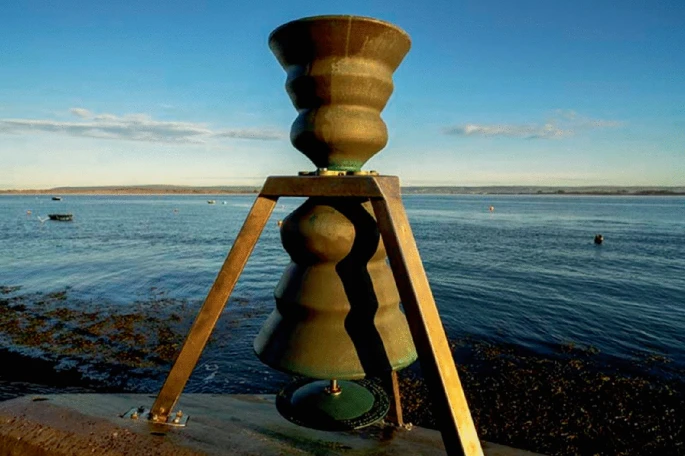
Generating dialogue
All the projects went beyond addressing specific knowledge deficits or one-way communication, working instead to foster two-way dialogue, knowledge exchange and co-creation between academics, practitioners and community members.
Arts and humanities-based approaches offer unique opportunities to facilitate dialogue creation. Creative workshops offer an approachable way for communities to engage in academic research. At the same time, creative practices, especially handwork (such as sewing, knitting and crafting), can offer space for difficult conversations about sea level rise, coastal erosion and loss, particularly when they draw upon place-based and historically informed stories, which make big stories of global change more relevant and legible at the local scale.

Understanding community and policy impacts
Demonstrating the value of arts and humanities approaches to do more than simply ‘window dress’ climate science required each of the teams to robustly and reflexively assess the effectiveness of arts and humanities-led engagement to drive climate resilience. This demand was addressed in three ways. First, each of the projects worked to ensure measures for assessing effectiveness were developed in relation to the needs and existing resources within communities, rather than imposed upon them, even though the precise measures of success used varied across the projects. At the same time, the project teams recognised that persuading policy audiences of the value of arts-based engagement in driving climate action—and thereby increasing the uptake of these approaches—is facilitated by being able to chart (and on occasion, quantify) our impacts. Finally, the UKCR projects discussed here each made direct policy interventions.
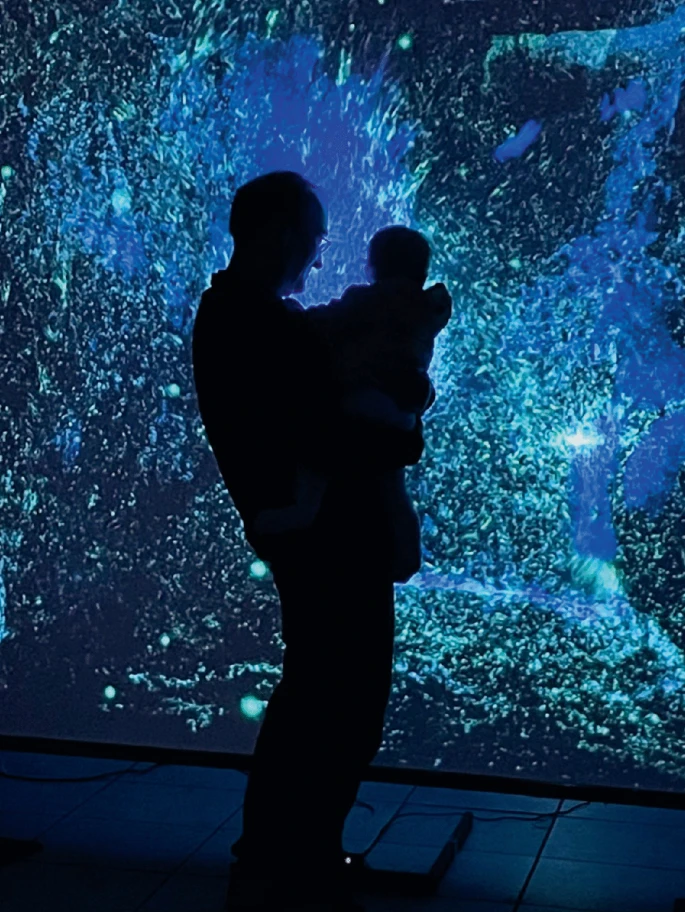
Conclusions
In conclusion, three key learnings and two directions for future research and policy interventions are highlighted, and, in doing so, advocate for a specifically arts and humanities approach to climate resilience that centres on people and their experiences and helps us to rethink what resilience means at the local, community scale.
First, the projects collectively underline the significant potential of place-based, arts and humanities approaches—including those drawing on learning histories—to raise awareness, drive climate action and build climate resilience. Second, we highlight the importance of generating genuine dialogue and co-creation, rather than one-way communication about climate futures. Third, all the projects stress the importance and the difficulties of assessing the ‘effectiveness’ of arts and humanities-led approaches.
research and policy engagements have also identified important knowledge gaps which must be addressed if the full impacts of arts and humanities-led climate interventions are to be realised. As all the UKCR arts and humanities-led projects show, future long-term resilience plans need to respond effectively to the local cultural and place-specific impacts of climate change. Working collectively to develop more integrated climate and arts policy is, therefore, imperative in supporting this.
Suggested Citation
Brookes, E. et al. (2024). Learning from Arts and Humanities Approaches to Building Climate Resilience in the UK. In: Dessai, S., Lonsdale, K., Lowe, J., Harcourt, R. (eds) Quantifying Climate Risk and Building Resilience in the UK. Palgrave Macmillan, Cham. https://doi.org/10.1007/978-3-031-39729-5_6
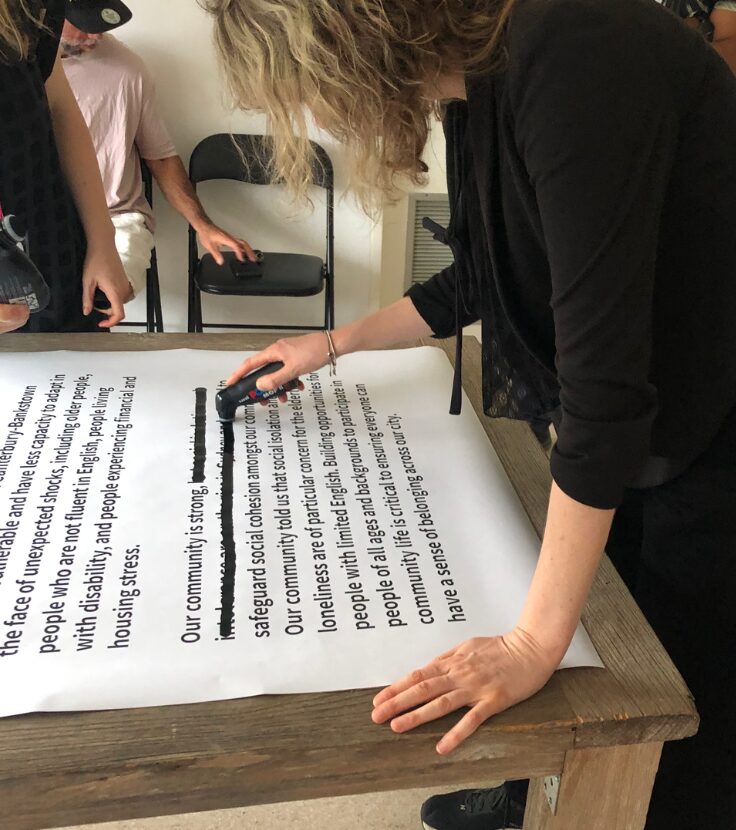
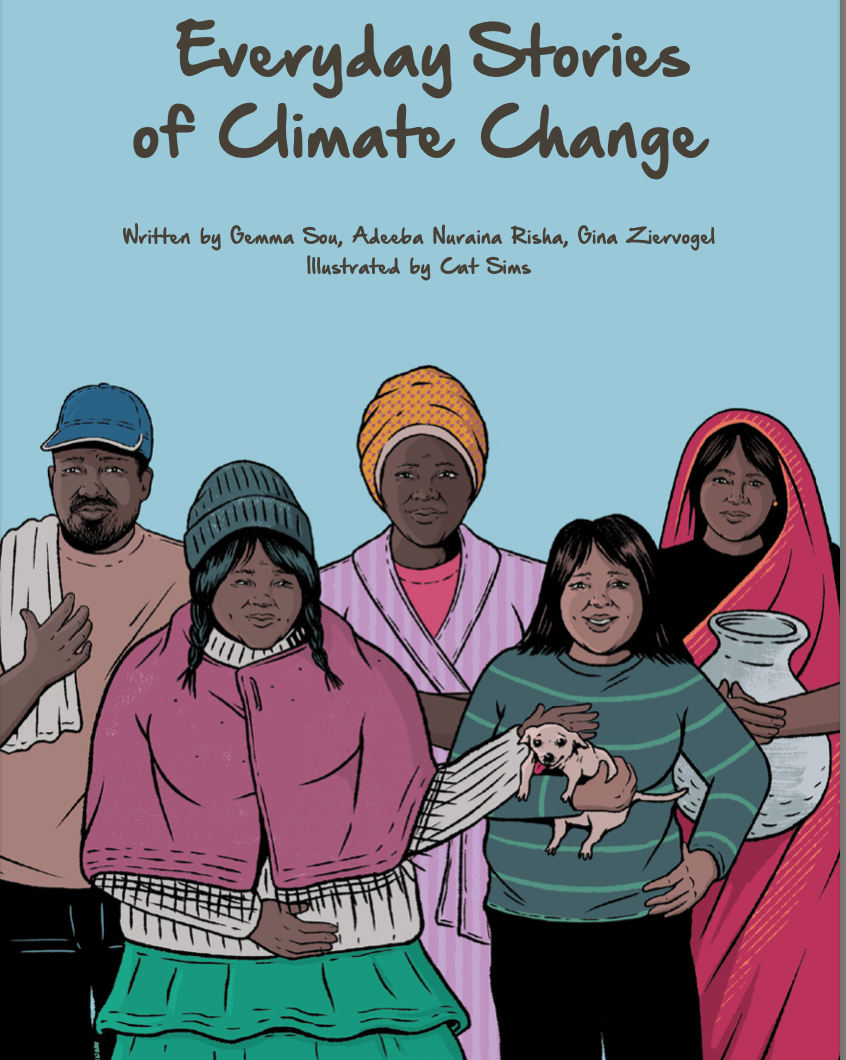

(0) Comments
There is no content